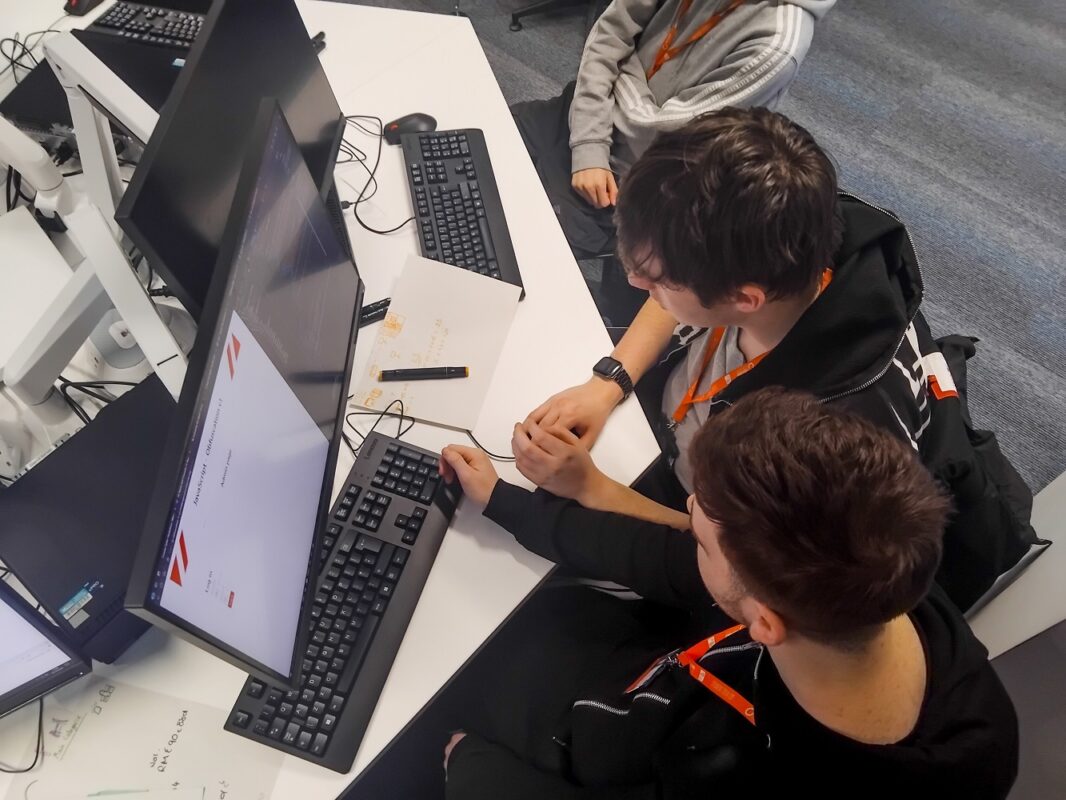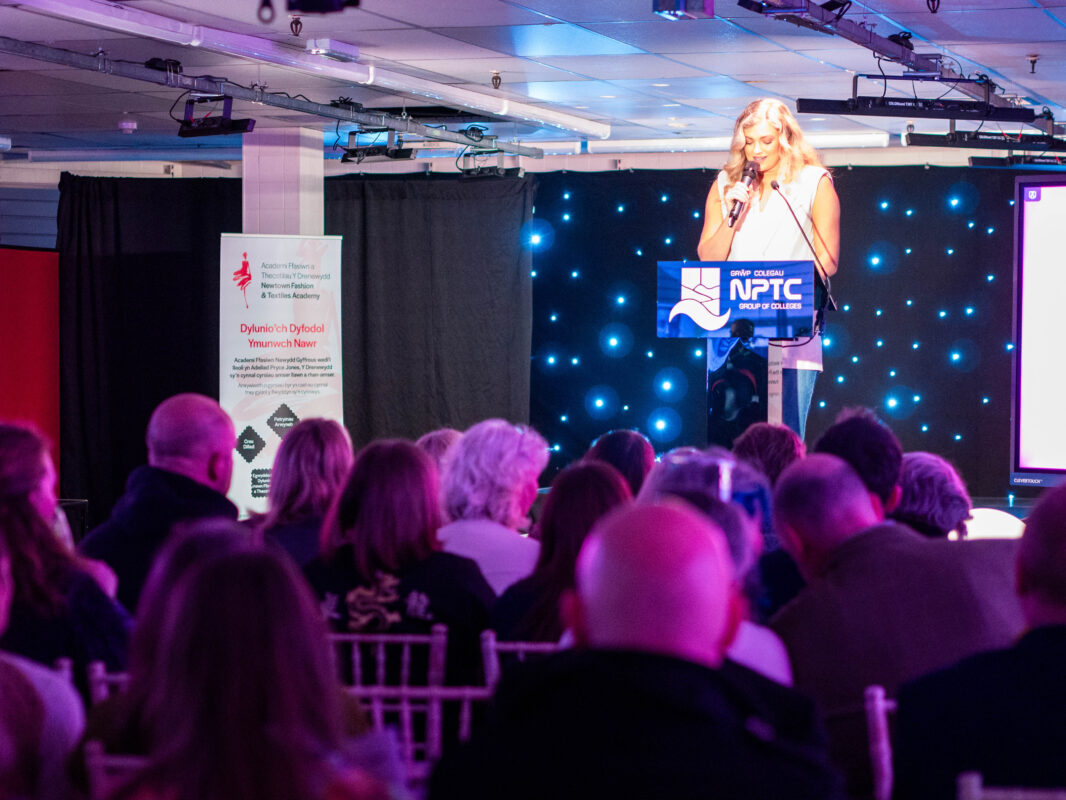Gender pay gap on the rise, but companies continue to reward women that make decisions like men

70% of female senior executives make decisions like men, a new study from The Myers-Briggs Company reveals
British companies have come under extreme pressure when it comes to the gender pay gap, with a recent report confirming that fewer than 50% of firms have narrowed the gap since reporting was introduced last year.
Overall, 78% of the 10,000 UK firms that have provided a 2019 report had a pay gap that favoured men. Gender pay gap reporting looks at the average salary between men and women to determine the difference in pay, which is often skewed because of the lack of women in senior positions.
This can be a result of stereotypes regarding the most effective leadership style and goes along with the general under-representation of women in leading roles, says John Hackston, Head of Thought Leadership at The Myers-Briggs Company.
New research by The Myers-Briggs Company, the trusted business psychology provider, shows that 70% of women in leadership roles use the ‘Thinking’ preference to make decisions in the workplace – a preference that is normally more common with men.
The study looked at data from 1.3 million people that have taken the Myers-Briggs Type Indicator (MBTI) assessment to investigate the role decision making plays in the workplace.
The data reveals that women are generally associated with the ‘Feeling’ preference, a value-driven approach to decision making, while men mostly use ‘Thinking’, a preference that uses objectivity, logic and impersonal criteria to make decisions. However for women who reach more senior positions, the ‘Thinking’ preference often dominates (70%).
While women are over-represented amongst lower employee levels, only just over half (55%) have a Thinking preference. This indicates that even when women reach higher levels, a values-driven perspective is lacking in leadership.
For men, there was little difference in the proportion of “Thinking” compared with “Feeling” between occupation levels.
Speaking about the research findings, John Hackston, Head of Thought Leadership at The Myers-Briggs Company said:
“While the gender pay gap reporting was introduced to encourage companies into taking action, it has also highlighted deep rooted issues that hinder progress. To bridge the gap, businesses must fight against leadership stereotypes that affects their workforce and give women a fair chance to lead.
“Despite women bringing positive business results, our research shows that women with a ‘Feeling’ preference struggle to be promoted to senior positions. However men are far more likely to reach a higher occupational level regardless of their personality preference. In other terms, predispositions that are associated with women, such as the ‘Feeling’ preference, are not inherently undervalued – but women that display these tendencies are less likely to reach senior positions. It’s likely that stereotypes about gender and leadership play a big part in this.
“Yet the ‘Feeling’ preference contributes to an effective leadership style. A value-driven approach to decision making does play a pivotal role in shaping the culture of organisations.
“Much like any under-represented minority groups in the workplace, without representation in leadership positions to look to as role models, women of all personality types and all employee levels will continue to suffer – and so will the profitability of businesses.
“A deep understanding of organisational culture and how it relates to individual employees is crucial to making progress with diversity. Leaders are especially important in this because they have the most influence in shaping and transmitting the ‘real’ culture which is not often aligned with ‘ideal’ culture,” concludes Hackston.











Responses